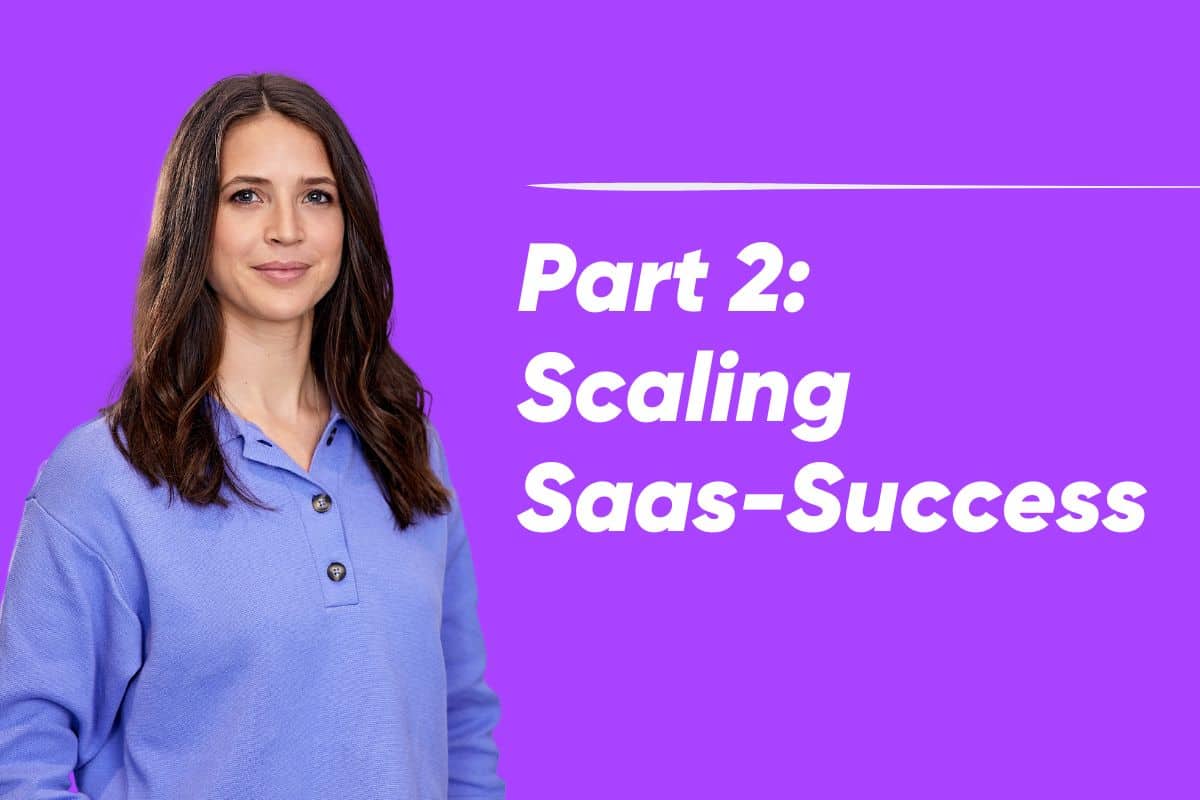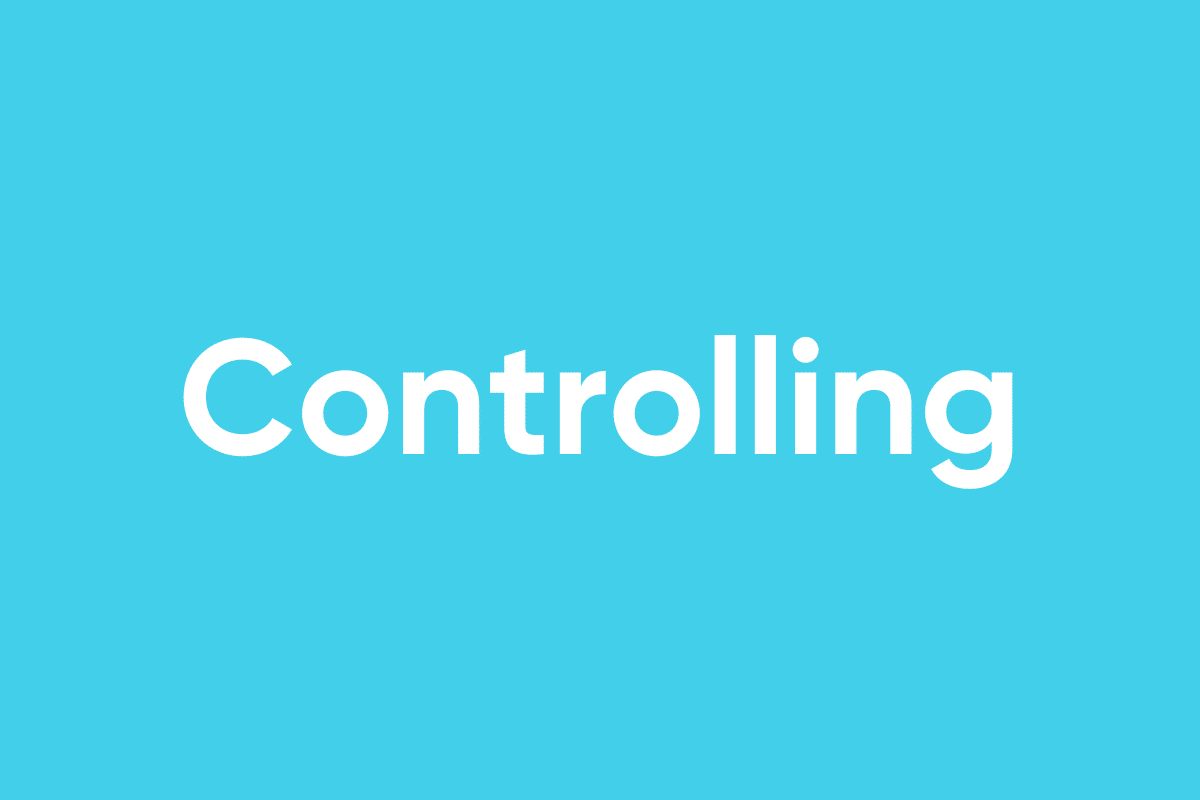How can SaaS companies create and implement successful customer onboarding and retention strategies to reduce churn rates?
I recommend starting with a theoretical framework that encompasses the customer journey. I call this the “customer lifecycle framework”. To create this framework, consider the different stages a customer might go through after signing a contract with you, such as onboarding, adoption, renewal, expansion, etc. For each phase, identify what must occur for the customer to progress to the next stage, considering both your actions and the customer’s results.
As a next step, I recommend defining key activities the Customer Success Managers (CSM) should take that will lead your customers to achieve the goals of different stages. These activities might include a handover from sales or business review meetings. Ensure that CSMs are equipped with the necessary resources, such as presentation decks tailored for each activity, to provide clarity and consistency in their interactions with customers. I recommend building a standardized base of content that can easily be adjusted to specific customer cases.
When engaging with the customers, it is important to make each interaction valuable. Instead of just inundating the customer, provide meaningful conversations backed by data. With the right tools, CSMs can be aware of how a customer is using the product, pinpointing areas of difficulty. This knowledge enables more productive conversations and problem-solving.
Regarding the frequency of customer interactions, prioritize based on the customer’s value and potential. To ensure profitability, allocate time and resources wisely, considering the return on investment.
For your customers with the highest potential, I recommend conducting strategic account planning. As this approach often involves identifying and engaging with new contacts within the customer organization, it might also involve collaboration across departments, such as sales, customer success and marketing, to map out long-term goals and strategies on an account basis. Being forward-thinking and strategic in your approach to major accounts will pave the way for successful long-term partnerships.
In summary, approach customer success in a structured, data-driven way, focusing on meaningful engagements and long-term planning for your most important accounts.
In summary, approach customer success in a structured, data-driven way, focusing on meaningful engagements and long-term planning for your most important accounts.
What are key performance indicators (KPIs) SaaS companies should focus on to measure the success of their sales efforts, and how should these be tracked and analyzed?
When thinking about Key Performance Indicators (KPIs), I like to broadly categorize them into two groups: output KPIs and outcome KPIs. Output KPIs help determine whether mapped-out initiatives to reach a certain goal are being followed; outcome KPIs help understand whether this results in achieving the wanted outcome.
For outcome KPIs, it’s common to look at sales growth for a specific period. This growth can be further divided into the number of new customers acquired and net revenue retention, which factors in both expansion and churn. These metrics are crucial in understanding the health of a business.
On the output side, there are several important KPIs to consider across marketing, sales and customer success. For marketing and sales, I recommend conducting a comprehensive funnel analysis, which indicates the various channels from which leads originate and how those channels perform against each other. Furthermore, keeping an eye on the size of your pipeline and its potential conversion rate is vital. The objective should be to determine if the pipeline is sufficiently robust to meet sales targets.
A common oversight is the lack of alignment between sales and marketing. Sometimes, marketing might invest heavily in generating a pipeline, but this might still not result in a pipeline that is appropriate for the sales team to hit its targets. This might be due to missing alignment on which type of companies should be targeted that have a high likelihood of being converted into contracts. Successful sales organizations typically clearly define what “Marketing Qualified Leads” and “Sales Qualified Leads” look like and strictly monitor the conversion from one stage to the other in order to identify any breaking points. Furthermore, measuring the length of your sales cycle is beneficial, especially for planning. For instance, if the sales cycle lasts 30 days, any initiatives or strategies would need to consider this timeframe before expecting tangible results.
When it comes to revenue retention, it’s vital to distinguish between gross retention (excluding upsells and cross-sells) and net retention (including upsells and cross-sells). Gross retention provides insight into how many customers and how much of their revenue is retained. Your net retention will indicate whether you are able to make up for your customer churn with upsells or cross-sells.
Interestingly, strategies to improve both churn and upsell often overlap. At the core, a satisfied customer is less likely to churn and more inclined to purchase additional products or services. Hence, ensuring customer satisfaction is pivotal. However, there are specific initiatives that can be followed depending on whether you need to reduce your churn or increase your upsells. I also recommend monitoring product usage patterns of customers in order to understand how customers engage with the product and use this knowledge to identify churn risk or upsell opportunities.
Finally, from an output perspective, it’s valuable to assess the interactions that sales agents have with leads and customer success managers have with clients.
It’s crucial to distinguish and monitor both output and outcome KPIs, with a focus on sales growth, customer acquisition, and retention strategies, coupled with the alignment of marketing and sales efforts to enhance overall sales performance.
Can you offer guidance on developing effective objection handling in SaaS sales?
Handling objections effectively is often crucial to closing deals as well as reducing churn. The specific objections will obviously vary depending on the nature of the business. My foremost recommendation is to ensure objection handling guidelines aren’t formulated in isolation by individuals. Instead, I recommend leveraging the insights of your most astute sales representatives and combining these into a central objection-handling cheat sheet. These individuals usually know your customers so well that they figure out the best ways to handle objections quite intuitively.
One way to harness their expertise and collect their best practices is to engage your top-performing sales rep in role-playing exercises. Assume the role of a hesitant or sceptical customer, and let the sales representative address your objections. This exercise can help document effective objection-handling techniques and strategies. Once compiled, this information can be structured into a cheat sheet, serving as a resource to train other sales representatives. Always prioritize learning from the frontline, drawing from the experiences of those who excel in their roles.
Additionally, while objection handling is primarily associated with sales, it’s also an integral aspect of customer success. Customers may seek discounts or express a desire to discontinue their contract. In such instances, it’s vital to have clear objection-handling strategies for your customer success managers as well. In order to establish these, I recommend to follow the same approach as with your sales team.
Objection handling for both sales and customer success might also involve clear discounting guidelines. Instead of granting customer success managers or sales teams carte blanche authority to offer discounts, provide clear boundaries. They should be fully aware of the limits within which they can operate, ensuring consistent and informed decisions across the board.
Effective objection handling in SaaS sales is crucial for deal closure and churn reduction and involves collaborative development of strategies using top sales reps’ insights, role-playing exercises, and clear guidelines for both sales and customer success teams.
Given the evolving nature of the SaaS market, what advice do you have for SaaS companies to remain agile and competitive in the long term, especially in terms of adapting to new technologies and market trends?
A crucial aspect of staying competitive is regular communication between the sales and product teams. What often seems to be missing, however, is a streamlined process and the right tools to track these interactions. While a sales agent can easily drop a quick message to a product manager about a potential feature that he or she thinks could be valuable for customers, this approach doesn’t yet facilitate informed decision-making.
There are tools available that offer platforms for sales teams, customer success managers, and even customers themselves to communicate their issues with the product team and streamline these issues so they are digestible by the product team. To ensure clarity, monthly meetings to discuss these insights can prove invaluable. Written feedback can sometimes lack context, and these discussions can provide deeper insight. On a side note, I recommend phrasing these feedbacks as problem statements rather than specific feature requests. Once the problem is understood, it is then up to the product team to decide whether the solution to this problem falls into the scope of the product’s value proposition and what the solution should look like in detail.
Ideally, the product team understands which source each feedback comes from. Is it coming from a high-potential client or a smaller customer? Is this customer part of the customer base we want to serve? This distinction can guide product decisions. Moreover, while it’s essential to aim for significant product developments, companies shouldn’t overlook minor usability enhancements that can greatly benefit the user experience.
However, it’s also essential not to let customer feedback entirely dictate the product roadmap. A company must balance customer needs with its own innovation strategies to stay ahead of competitors. This balancing act involves long-term strategies that trickle down to yearly and then quarterly objectives, all while maintaining the flexibility for interim adjustments.
In terms of roadmap development, I recommend an iterative approach where the product team proposes a first draft which is then discussed with leaders from sales and customer success and finalized after their input is considered. This collaborative approach ensures that the roadmap resonates with all key stakeholders and aligns with both customer needs and business strategies. The cycle of gathering feedback, allowing the product team to evaluate and balance inputs, and then revisiting with a proposal creates a dynamic and effective roadmap strategy.
To stay agile and competitive, SaaS companies should foster regular communication between sales and product teams, discussing customer feedback, in order to balance customer-driven enhancements with innovative, long-term strategy implementations.












